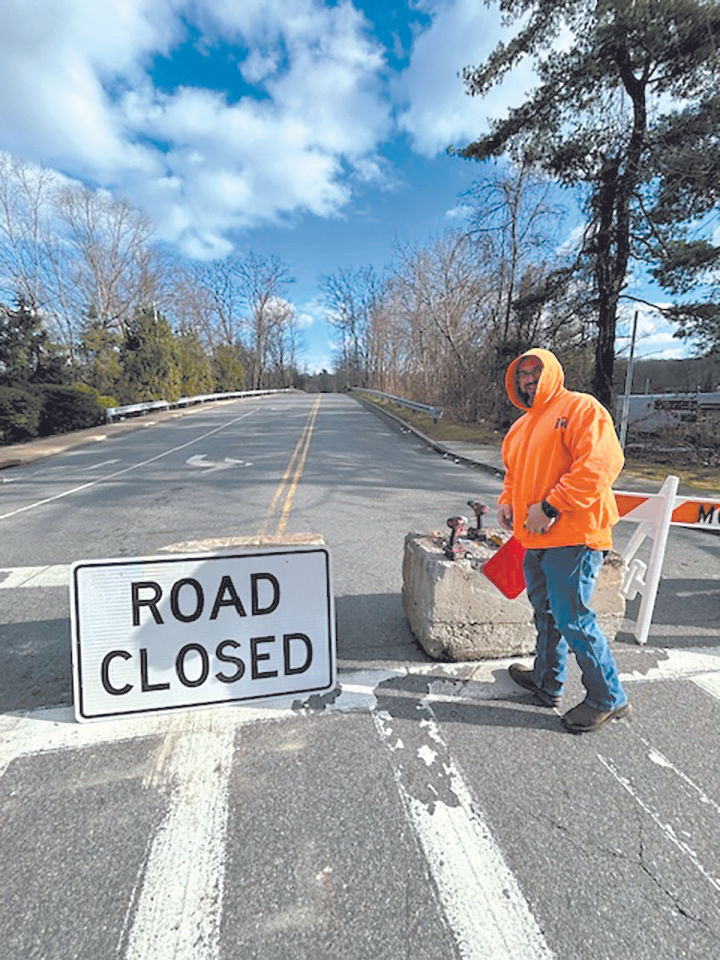Pound Ridge hit hard by school tax rate hike
- Martin Wilbur
- Jun 13
- 3 min read

By MARTIN WILBUR
Pound Ridge property owners in the Bedford Central School District are likely to be hit with a larger-than-expected increase when they receive their next school tax bills late this summer.
While the district’s $160.9 million budget for 2025-26 contains a 2.99 percent tax levy increase, 0.45 percent under the state’s property tax cap, that doesn’t mean homeowners in the five municipalities that comprise the school system will pay the same rate of increase.
The state’s equalization rate, the value of each town’s assessed property, the percentage of residential and commercial parcels and other variables often contribute to tax rate differences for municipalities in the same school district, said one area town assessor.
For the next school year, which begins July 1, property owners in Pound Ridge will take it on the chin with a projected 9.11 percent tax increase while Bedford property owners, who make up about 48 percent of the district’s tax base, the largest of the five municipalities, will only see an estimated 2.61 percent tax hike, according to the figures provided by Bedford Central.
Meanwhile, Mount Kisco homeowners will see a 3.99 percent tax reduction.
For the small number of property owners in the Bedford Central School District, New Castle and North Castle — those two towns combine for less than 7 percent of the district’s tax base — property owners will see an increase of 3.19 percent and a decrease of 10.07 percent, respectively. Precise tax rate changes won’t be known until the tax warrants are completed sometime over the summer.
Pound Ridge Assessor Diane Briganti said wide disparities in the tax rates between the towns are nothing new. If a town’s assessed valuation increases year over year, for example, that will be one of the factors that could contribute to a higher increase in the tax rate than anticipated.
“It’s all done with each town’s numbers; it’s not done as a comparison from town to town,” Briganti explained. “It’s all based on what your town did last year and what your town did the year before.”
For Pound Ridge, 2025 also marks the fourth consecutive year the town will have a decrease in its equalization rate, which means that the assessed valuation of the properties increased, she said. The last time the equalization rate increased in Pound Ridge was 2021.
New York state uses a formula to determine an equalization rate because each municipality determines its own level of assessment and often properties in multiple municipalities comprise a school district, according to the New York State Department of Taxation and Finance. A department spokesperson stated that for a school district to equitably distribute the tax levy among multiple municipalities, the level of assessment of each municipality must be converted or equalized to full market value.
The equalization rate is also used to determine county taxes among the municipalities within the same county.
If all municipalities assessed property at 100 percent of market value there wouldn’t need to be an equalization rate, according to the Department of Taxation and Finance.
The last two BCSD budgets have also had wide differences between the five municipalities. For the current school year ending June 30, final tax rates ranged from a 2.11 percent increase in Bedford to a 10.09 percent increase in North Castle, per figures that were provided to each of the five towns.
For 2023-24, there was a similar divergence in tax rates in the district. Pound Ridge was again at the high end with a 5.93 percent increase while Mount Kisco saw an 8.2 percent decrease. Bedford taxpayers saw their tax bills rise by 5.87 percent.
Briganti said she hasn’t heard many complaints yet from the public, although that usually doesn’t occur until after residents receive the bill for the first half of their school taxes in late August or early September. Actual dollar increases will depend on what each taxpayer’s bill was last year.
“There haven’t been like a flood of phone calls or inquiries at all,” Briganti said. “One or two people, maybe, and this maybe came up in conversation.”






![CA-Recorder-Mobile-CR-2025[54].jpg](https://static.wixstatic.com/media/09587f_b989949ec9bc46d8b6ea89ecc2418a8a~mv2.jpg/v1/fill/w_370,h_150,al_c,q_80,enc_avif,quality_auto/CA-Recorder-Mobile-CR-2025%5B54%5D.jpg)



